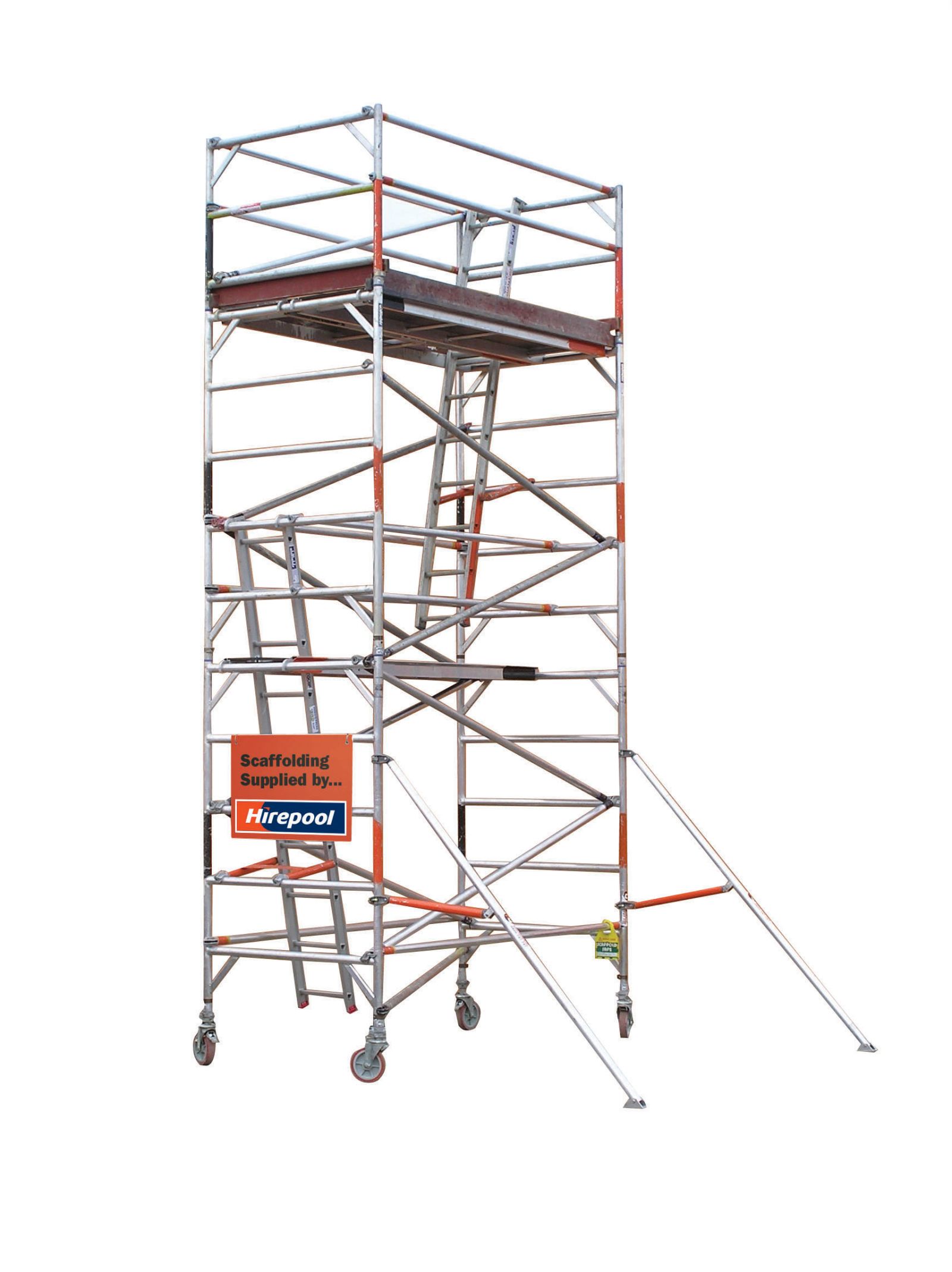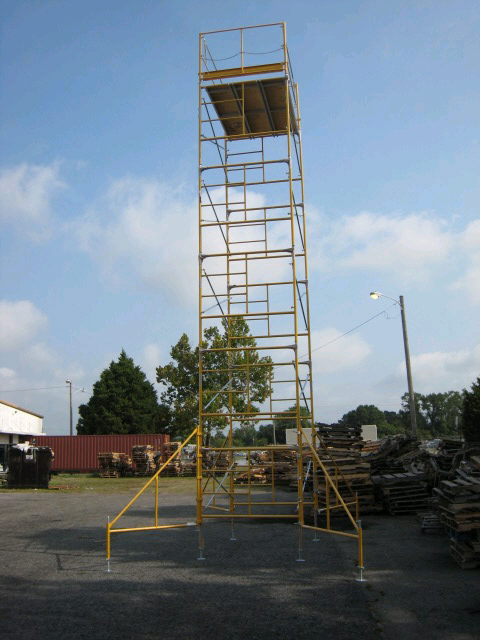Scaffolding for DIY Projects: Security and Strategy
The Future of Scaffolding: Fads to View =======================================
The future of scaffolding is advancing via advanced materials like compounds and state-of-the-art alloys. Digital tools such as BIM are improving project control and efficiency on construction sites. Security is being focused on with real-time surveillance systems and wearable innovation. Sustainability techniques are driving the adoption of eco-friendly solutions in building and construction. Modular scaffolding systems use versatility and cost-efficiency. Automation and robotics integration are improving conventional methods, increasing productivity and security. These trends are revolutionizing the sector, offering improved effectiveness and adaptability. Discover exactly how these patterns are transforming scaffolding practices right.
Advanced Products and Composites
Advancing rapidly in the building sector are sophisticated materials and composites, reinventing the typical methods of scaffolding. These cutting-edge materials use a distinct mix of light-weight toughness and architectural honesty, attending to crucial challenges encountered in the area.
By using innovative materials such as carbon fiber-reinforced polymers, fiberglass, and high-strength light weight aluminum alloys, scaffolding systems can currently offer enhanced resilience while continuing to be lightweight. This characteristic not only simplifies transport and installment yet also guarantees raised safety and security for employees on-site.
Moreover, the assimilation of compounds in scaffolding elements boosts architectural stability, enabling greater load-bearing abilities and improved security. This advancement is critical in contemporary building and construction projects that demand robust support group to fit much heavier lots and make certain the safety of employees and the general public. https://fulhamscaffolding.co.uk
Digitalization and Building Information Modeling (BIM)
The assimilation of Building Details Modeling (BIM) right into scaffolding jobs has actually transformed job sychronisation by permitting accurate planning and visualization.
Through the utilization of electronic devices, process within the building market have actually been structured, enhancing efficiency and decreasing mistakes.
Embracing digitalization and BIM technologies is paving the way for a much more sophisticated and interconnected approach to scaffolding jobs.
BIM for Task Sychronisation
In the domain name of construction task sychronisation, the integration of Digitalization and Structure Information Modeling (BIM) is changing the method stakeholders team up and handle intricate jobs. BIM assists in boosted communication and sychronisation amongst project individuals through functions like virtual fact simulations and 3D modeling partnership.
Virtual fact simulations permit stakeholders to imagine the task in a substitute environment, allowing much better decision-making and problem-solving before real building and construction starts. Additionally, 3D modeling collaboration allows real-time interaction and comments on job layouts, leading to improved accuracy and efficiency in the coordination process.
Digital Tools Streamline Workflows
The enhancing dependence on digital devices, consisting of Digitalization and Structure Information Modeling (BIM), has significantly structured operations in the construction market, boosting partnership among stakeholders and enhancing task performance.
Digitalization enables task groups to gain access to real-time info, decreasing mistakes and delays. Structure Info Modeling (BIM) provides an in-depth electronic representation of a project, facilitating far better decision-making and sychronisation.
In addition, virtual reality training allows employees to mimic tasks in a secure setting, improving ability advancement and safety techniques. Cloud-based collaboration systems additionally support communication and information sharing among task participants, no matter their physical locations.
Enhanced Safety and Tracking Systems
As developments in technology continue to reinvent the construction sector, the integration of improved safety and surveillance systems in scaffolding is ending up being increasingly crucial. Security technology and monitoring devices are playing an important function in assuring the health of employees and the effectiveness of building tasks.

Safety and security innovation such as distance sensors, wearable tools, and real-time monitoring systems are being incorporated into scaffolding structures to avoid crashes and provide prompt support in situation of emergency situations. These systems can notify employees and managers of potential dangers, track the location of employees on-site, and display ecological problems to safeguard a risk-free working environment.
Tracking gadgets like cams, drones, and IoT sensing units are being used to supervise building and construction activities, determine dangers, and analyze the architectural stability of scaffolding. By giving real-time data and understandings, these devices make it possible for task managers to make educated decisions, enhance operations, and address safety and security worries immediately.
Lasting Practices and Eco-Friendly Solutions
In the building industry, a change in the direction of sustainability appears via making use of green building materials and energy-efficient building strategies. Integrating environmentally friendly solutions not just lowers the ecological effect yet additionally advertises a much healthier workspace for workers.
Welcoming these techniques can cause lasting expense savings and add to a more lasting future for the scaffolding sector.
Eco-friendly Building Products
In the middle of an expanding global focus on sustainability in building and construction, the adoption of eco-friendly structure products has emerged as a crucial approach for lowering environmental influence and promoting environmentally friendly practices. Green advancements and sustainable remedies are driving the change in the direction of greener products in the construction market.
These materials incorporate a variety of alternatives, including recycled, eco-friendly, and energy-efficient resources that decrease waste and carbon footprint. From recovered timber and bamboo to reused steel and low-VOC paints, using environment-friendly building materials not just supports environmental preservation yet additionally enhances indoor air high quality and occupant well-being.
With a raising concentrate on sustainable practices, the combination of green structure products is coming to be a requirement in modern construction tasks, leading the way for an extra ecologically mindful future.
Energy-Efficient Building And Construction Methods
The integration of energy-efficient construction techniques stands for an essential shift towards sustainable practices and eco-friendly services in the modern building market. Smart technology plays a crucial role in optimizing energy consumption and lowering ecological influence. By integrating innovative methods, building jobs can accomplish significant energy savings while advertising a greener future.
Some essential strategies in energy-efficient building include:
- Utilizing sophisticated insulation materials to enhance power efficiency.
- Implementing clever heating, ventilation, and a/c (HEATING AND COOLING) systems for ideal temperature control.
- Installing energy-efficient lights services to reduce electrical power consumption.
- Integrating renewable resource sources such as solar panels to power building and construction activities sustainably.
- Utilizing easy layout methods to make best use of natural light and air flow, decreasing the requirement for fabricated lights and cooling.

Modular and Prefabricated Scaffolding Solutions
Prefabricated scaffolding systems offer unrivaled efficiency in building jobs as a result of their modular style and ease of setting up. These systems offer modification alternatives that deal with details task demands, allowing for adaptability in design and functionality. Whether it's readjusting the height, width, or arrangement, prefabricated scaffolding can be tailored to suit various construction needs, ultimately improving productivity on-site.
Along with personalization, expense efficiency is a substantial benefit of modular scaffolding systems. By streamlining the production procedure and decreasing onsite labor time, erected systems can assist lower general project costs. This cost-effectiveness makes them an eye-catching choice for construction firms aiming to optimize their budget plans without jeopardizing on top quality or safety and security.
Automation and Robotics Assimilation
Integrating innovative automation and robotics right into scaffolding systems improves effectiveness and safety in construction jobs. This combination notes a substantial advancement in the construction sector, providing numerous advantages:
Improved Accuracy: Automation assurances accurate positioning of scaffolding elements, minimizing human error.
Improved Safety: Robotics can manage recurring or dangerous tasks, minimizing the danger to employees.
Raised Efficiency: Automated systems can work all the time, accelerating task timelines.
Real-time Surveillance: Sensors in robotic scaffolding systems supply information on tons capacities and structural honesty in real-time.
Versatility: Automated scaffolding can get used to transforming project demands quickly, offering versatility on-site. scaffolding inspections
The synergy between automation, robotics, and scaffolding is improving traditional building and construction techniques, leading the way for more effective, more secure, and adaptable construction jobs.
As technology continues to progress, the integration of automation and robotics in scaffolding systems is set to become a lot more prevalent, reinventing the building sector.
Regularly Asked Inquiries
Can Scaffolding Be Made Completely Out of Recycled Products to Reduce Ecological Impact?
Making use of recycled products in scaffolding construction is a lasting approach that reduces ecological effect in the building sector. Welcoming this technique can lead to a much more eco-friendly and reliable use resources.
How Are Drones Being Used in Conjunction With Scaffolding for Monitoring and Evaluation Purposes?
Drone assimilation in scaffolding allows for remote surveillance and evaluation, enhancing safety and security requirements and efficiency. Drones supply aerial views, allowing fast analyses of structures. This innovation enhances processes, lowers risks, and guarantees compliance with safety policies.
What Are the Possible Risks and Challenges Associated With Carrying Out Automation and Robotics in Scaffolding Systems?
Safety and security worries emerge with applying automation in scaffolding due to technical restrictions. Labor variation is a challenge as robotics develop. Ensuring these systems fulfill safety requirements, address ergonomic concerns, and supply trustworthy support continues to be essential.
Exist Any Kind Of Laws or Specifications in Place to Make Sure the Security and Performance of Modular and Prefabricated Scaffolding Equipments?
Regulative conformity is essential in ensuring the safety and efficiency of modular and premade scaffolding systems. Numerous safety and security criteria, such as OSHA regulations and market standards, are in location to uphold the integrity and reliability of these systems.
How Do Developments in Digitalization and BIM Innovation Influence the Training and Abilities Required for Scaffolding Professionals?

Advancements in digitalization and BIM modern technology are transforming the scaffolding market, resulting in enhanced automation. This shift impacts scaffolding experts by requiring continuous training development to adapt to brand-new electronic devices and processes, making certain competency and safety.
Verdict
To summarize, the future of scaffolding is relocating towards:
- Advanced products
- Digitalization
- Enhanced safety measures
- Lasting practices
- Modular systems
- Automation integration
These trends are shaping the scaffolding market and driving advancement in building and construction jobs.
By taking on these innovations, construction companies can enhance performance, safety, and ecological sustainability in their procedures.
It is essential for the sector to welcome these trends to remain competitive and fulfill the evolving needs of the building and construction market.